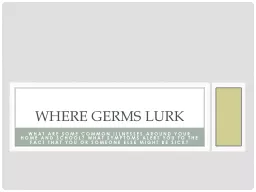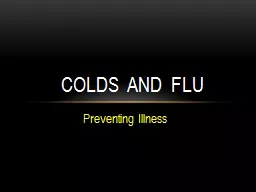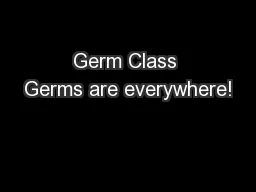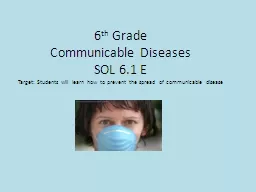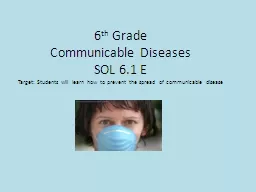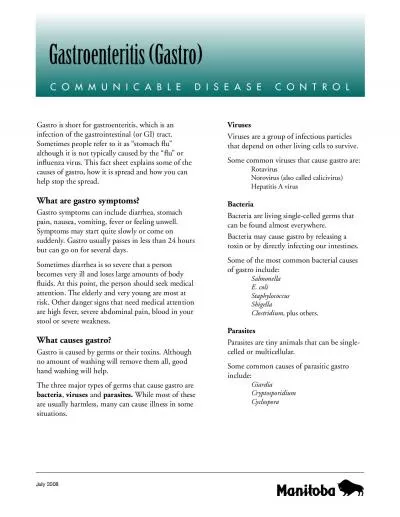PPT-Where germs lurk
Author : lindy-dunigan | Published Date : 2017-10-10
What are some common illnesses around your home and school What symptoms alert you to the fact that you or someone else might be sick z GERM QUIZ Which item has
Presentation Embed Code
Download Presentation
Download Presentation The PPT/PDF document "Where germs lurk" is the property of its rightful owner. Permission is granted to download and print the materials on this website for personal, non-commercial use only, and to display it on your personal computer provided you do not modify the materials and that you retain all copyright notices contained in the materials. By downloading content from our website, you accept the terms of this agreement.
Where germs lurk: Transcript
Download Rules Of Document
"Where germs lurk"The content belongs to its owner. You may download and print it for personal use, without modification, and keep all copyright notices. By downloading, you agree to these terms.
Related Documents

